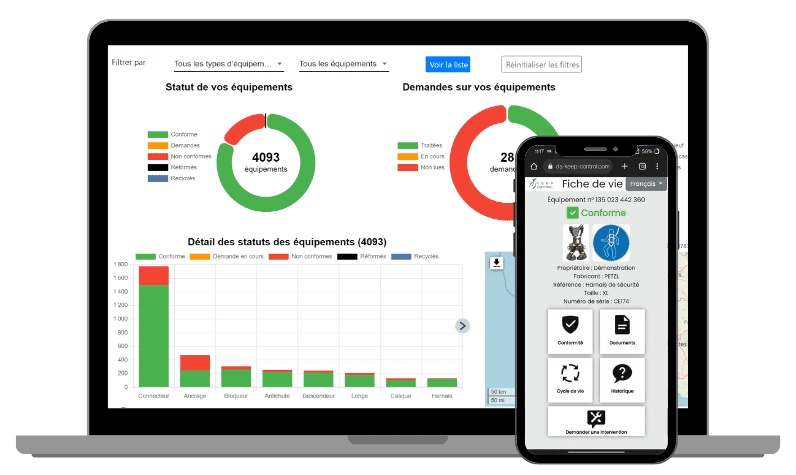How can we ensure optimal tracking of PPE using management software ?
Let’s discuss the available methods to ensure the tracking of an equipment fleet. It can’t be said that there’s only one solution available… An Excel spreadsheet, an ERP module, or specialized PPE management software? Let’s explore the identified advantages and disadvantages together.



